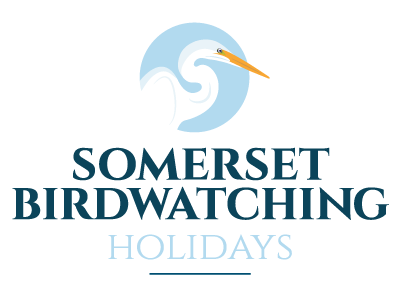Huntspill
Patch No. 2 is at the meeting of three rivers.
We are spoilt really. We have the estuaries of the River Parrett, the Huntspill River and the River Brue all meeting the Bristol Channel at Bridgewater Bay National Nature Reserve within a mile of each other. For an area so close to a major motorway and some sizeable towns, this is really quite an unexpected wild stretch of England’s coast. High tide was at 3.20pm so Stephen and I met around 2.30 to get into position when in theory the rising tide would push the birds close to the shore.
We approached from the southern end of the estuaries for a change, through the village of Huntspill.
The Huntspill River itself is a bit of a fraud really, as it is man-made, having been dug out as a long reservoir cum water supply for a munitions factory in 1940. There is a sluice at either end of the five mile channel – The Huntspill Sluice at the estuary of the Parrett on the coast and at the other end, inland near the village of Burtle the sluice has the splendid name of – ‘Gold Corner’. Thereafter the ‘river’ simply becomes the South Drain which in turn helps to drain the Brue Valley across to Glastonbury.
Now that munition factories are a thing of the past the only folks that go this way, are local farmers, dog-walkers and Environment Agency staff who keep an eye on the water levels.
From the Huntspill sluice you get a great view in both directions up and down the river. Our attention was immediately attracted to a rather fine gathering of birds on the seaward side including a great-crested grebe, red-breasted merganser and a lovely big male goosander. As we were enjoying these birds an obliging kingfisher landed on a nearby willow as the icing on the cake. This river is hardly a fraud as far as the birdlife is concerned.
I suggested to Stephen that our walk may have already peaked.
Down at the estuary of the Parrett there was a varied collection of waders sifting through the mudflats. Redshanks, curlew, grey plover, turnstone and larger flocks of approximately 2/300 dunlin which treated us in their own mini-murmuration up and down the shore. Inland, flocks of linnets flitted here and there along with pipits – of both meadow and rock varieties.
The highlight of the afternoon tho’ was the 6-8 avocets that we watched through our powerful telescopes.
When I was a boy in the 1960’s the avocet was such an impossibly exotic bird. Never in my wildest dreams did I think I would ever actually get to see one. It was so rare that the RSPB chose to use it as it’s logo to represent the great conservation efforts they were embarking on.
Such has been the success of these efforts, to see an avocet is not such an unusual sight around much of southern England’s river estuaries, although I suspect these over-wintering birds will be here from the continent enjoying our milder climate. The beautiful slender black and white bird with its delicately upturned bill and impossibly fragile looking legs is such a beautiful sight. We watched one go deeper and deeper into the oncoming tide until it bobbed afloat and started to swim – even with such slender legs and (I suspect) semi-webbed feet the graceful avocet managed to loose none of its style or demenure in swimming.
Our walk was rounded off with good sightings of shelducks and a splendid little stonechat perched atop a vertical stick on the foreshore.
An excellent walk, with excellent company.
